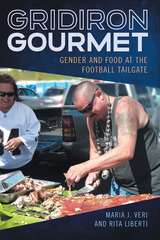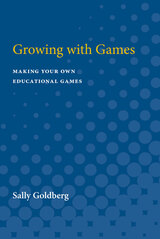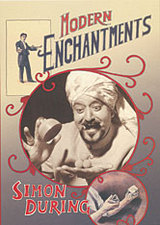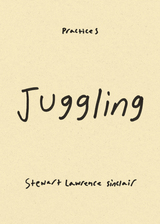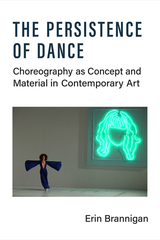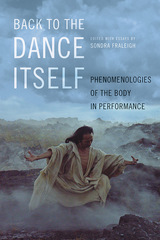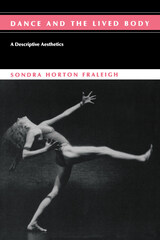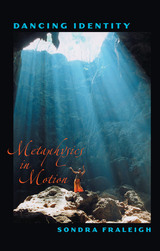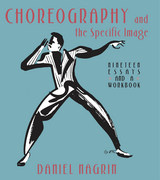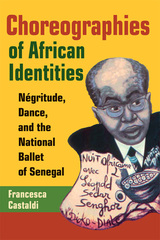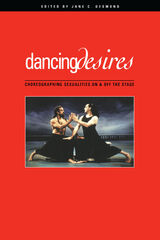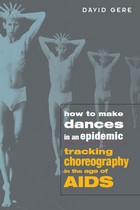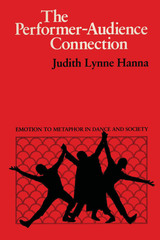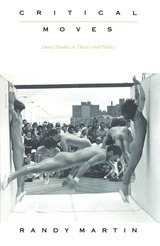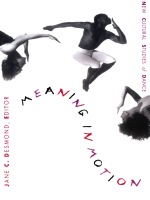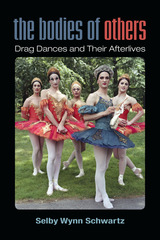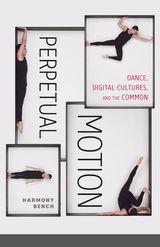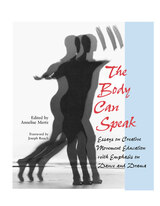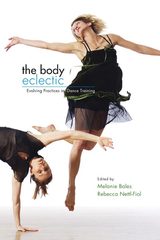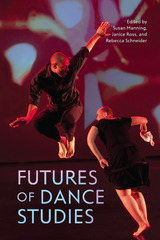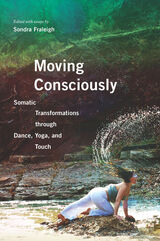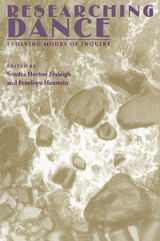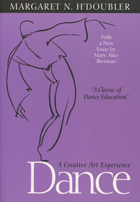Paper: 978-0-299-20084-8 | eISBN: 978-0-299-20083-1 | Cloth: 978-0-299-20080-0
Library of Congress Classification GV1588.6.G47 2004
Dewey Decimal Classification 306.484
David Gere, who came of age as a dance critic at the height of the AIDS epidemic, offers the first book to examine in depth the interplay of AIDS and choreography in the United States, specifically in relation to gay men. The time he writes about is one of extremes. A life-threatening medical syndrome is spreading, its transmission linked to sex. Blame is settling on gay men. What is possible in such a highly charged moment, when art and politics coincide?
Gere expands the definition of choreography to analyze not only theatrical dances but also the protests conceived by ACT-UP and the NAMES Project AIDS quilt. These exist on a continuum in which dance, protest, and wrenching emotional expression have become essentially indistinguishable. Gere offers a portrait of gay male choreographers struggling to cope with AIDS and its meanings.
See other books on: AIDS | Dance criticism | Epidemic | Homosexuality and dance | Homosexuality in dance
See other titles from University of Wisconsin Press


